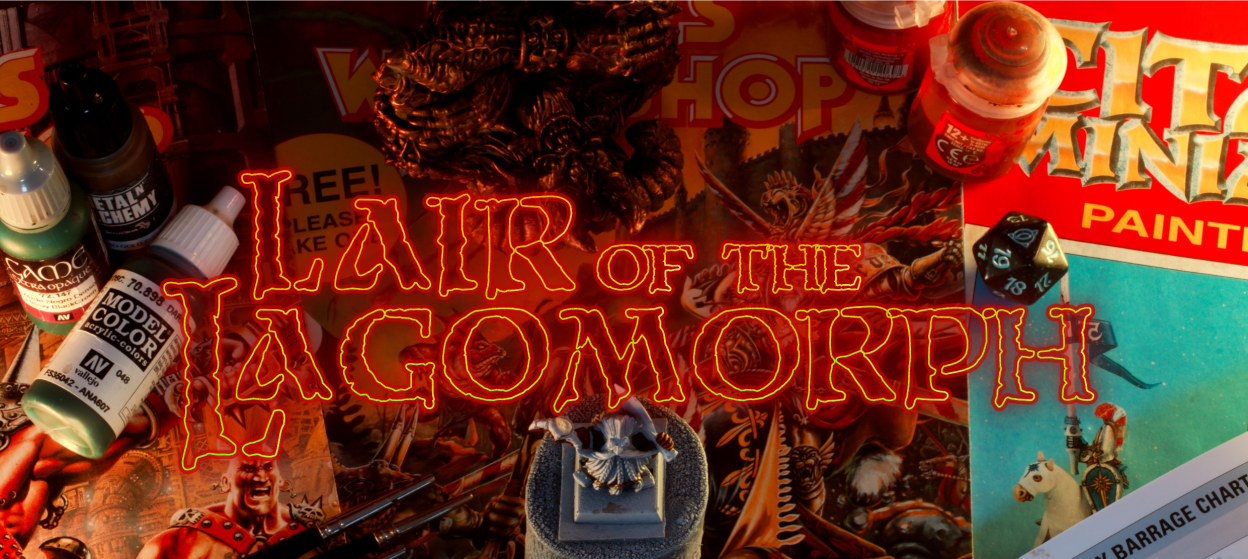I’ve had a burst of nostalgia these last few weeks, and have been pulling out old rulebooks and old armies to look at and remember my earlier days in this hobby. One of those armies was my Black Templar space marines, that I played in 5th edition Warhammer 40,000 (somewhere around 2008-2010 I would guess). That army saw a lot of play time, and not a lot of painting time, so generally sits at the mostly base coated stage. Considering how much I enjoyed playing this army I decided they deserved some attention at the painting table and pulled out a few to throw some paint on.

I kept things simple, mostly concentrating on doing a lot of line highlights! With the rest of the colours being relatively flat. When you think about it, these all around line highlights don’t make much sense but they are a definite part of that era’s studio painting (still are to some extent!). They are however quite tedious, and while objectively these models were pretty quick to paint, I still had to motivate myself to get back to them.

Anyway, I’m happy with how these look for the effort I put in, and I did enjoy the trip down memory lane they took me on. I do want to get the lot of them done at some stage, but have enough ongoing projects to keep me busy in the short term without adding to them! So for now these 5 act as a nice “palette cleanser”!
With that in mind, I better jot down my recipes so I can match them in the future!
Brand abbreviations – VMC: Vallejo Model Color, VGC: Vallejo Game Color, VP: Vallejo Pigments, GW: Games Workshop Citadel, S75: Scale 75, AK: AK Interactive, MP: Ammo Mig Pigments,
- Line Highlights: VMC Dark Sea Blue, VMC Dark Sea Blue + VGC Steel Grey, VGC Steel Grey
- Shoulder Pads: VMC Iraqi Sand, VMC Iraqi Sand + VGC Bonewhite, VGC Bonewhite
- Scrolls/Seals/etc: VMC English Uniform, VMC English Uniform + VMC Stone Grey, VMC Stone Grey
- Red: VGC Heavy Red, GW Nuln Oil, VGC Heavy red
- Metal: VGC Chainmail, GW Nuln Oil, S75 Black Metal
- Eyes: VGC Heavy Red, VMC Orange Red
- Brass: S75 Necro Gold
- Basing: AK Terrains Sandy Desert (texture), VP Dark Yellow Ochre, MP Gulf War Sand, MP Light Rust

































